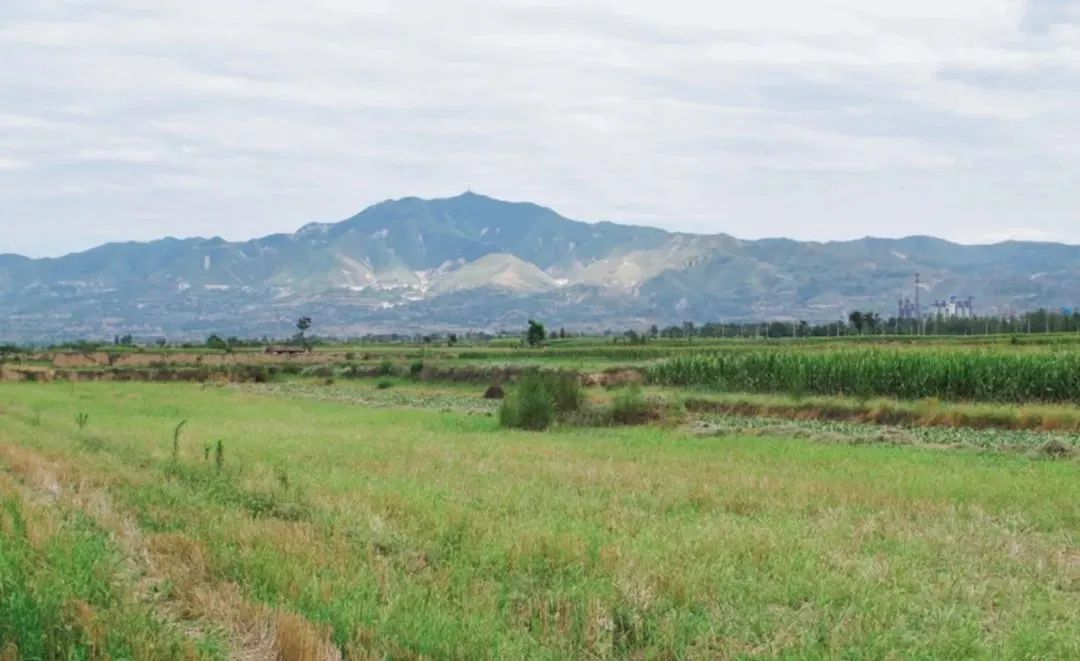
An overview of the Taosibei cemetery site in Xiangfen county?in the city of Linfen, North China's Shanxi Province Photo: Courtesy of the Shanxi Institute of Cultural Relics and Archaeology
New archaeological findings at the Taosibei cemetery site in Xiangfen county, Linfen, North China's Shanxi Province, provide evidence of cultural exchanges between Shanxi and other regions such as the Kingdom of Chu and Qilu that occurred more than 2,000 years ago, the Shanxi Institute of Cultural Relics and Archaeology announced on Wednesday.
Wang Jingyan, the leader of the excavation team, introduced that most of the bronze artifacts from the cemetry are of the typical style of Shanxi. Patterns such as coiled serpents and transformed coiled dragon patterns match perfectly with the clay molds and templates found at the Houma casting site in Shanxi. Meanwhile, among the unearthed bronze artifacts, there were also pieces with features of the Chu and Qilu cultures.
Chu, a powerful state during the Spring and Autumn Period (770BC–476BC) and the ensuing Warring States Period (475BC–221BC), was largely situated in today’s Hubei Province in Central China, which borders Hunan to the south. Qilu culture, or the traditional culture of the ancient states of Qi and Lu, was largely situated in what is today's East China’s Shandong Province.
The cemetry, discovered due to tomb raiders, covers an area of about 240,000 square meters. Since September 2014, archaeologists from institutions such as the Shanxi Institute of Cultural Relics and Archaeology and the Bureau of Culture and Tourism of Xiangfen have formed archaeological teams to conduct excavations there. From March to November 2015, archaeologists excavated five tombs from the middle to late Spring and Autumn period.
URL: https://www.seeglobalnews.com/read-3326.html